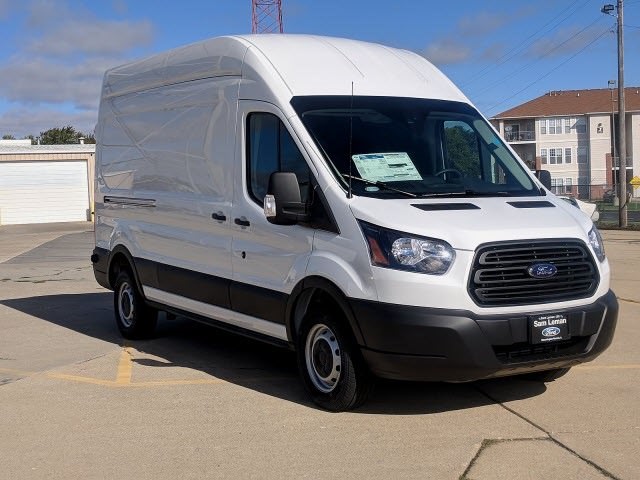6 Feed and Water Procedures to Keep MacFarlane Pheasants Healthy
Feed and water are the life source for our game birds. Our system for making sure our pheasants and other game birds stay healthy, by receiving proper hydration and nutrition, has 6 main procedures:
- We check feed and water systems daily, and each time we enter a room or pen where our birds our housed. An automatic system can fail at any time so it is essential that we catch a failing system immediately so that our birds never run out of feed and water.
- We monitor feed consumption because if the birds are not feeling well they will not be eating as much as they usually would. Their lives depend on our crew catching the early signs of ill health.
- We stay on top of our feed orders by doing a scheduled feed check. In the hen barn the bins are checked once a week, as we do not go through feed that quickly. Other areas of the farm are checked more frequently.
- We also don’t want to attract rodents so we are on the alert for spills and keep the feed areas spotless. We’re a pheasant farm, not a mouse farm!
- Pheasants living in outside pens are monitored for growth of their tail feathers. A tell tail sign that they are lacking feed space is that the tail feathers are not growing at the correct rate. We determine this by observing other pens of birds of the same age. We are very careful to check and double check our bird space ahead of time to prevent these situations from happening.
- Feed and water continue to be a main concern when we are staging birds for delivery. The night before we drive birds from the pen to the staging lane and then to the catch pen, we follow a specific procedure. We make sure we have feed and water in the lane in advance of staging the birds. Birds can sometimes be in crates for up to 36 hours so it is important for them to have access to feed and water right up until the time they are placed in crates for a delivery.
There are so many learning experiences going on at the farm every day. Please feel free to schedule a farm tour in the near future. We think the best way to learn about raising pheasants is by observing the process in action. If you have questions about feed, feel free to contact us.
Related Posts
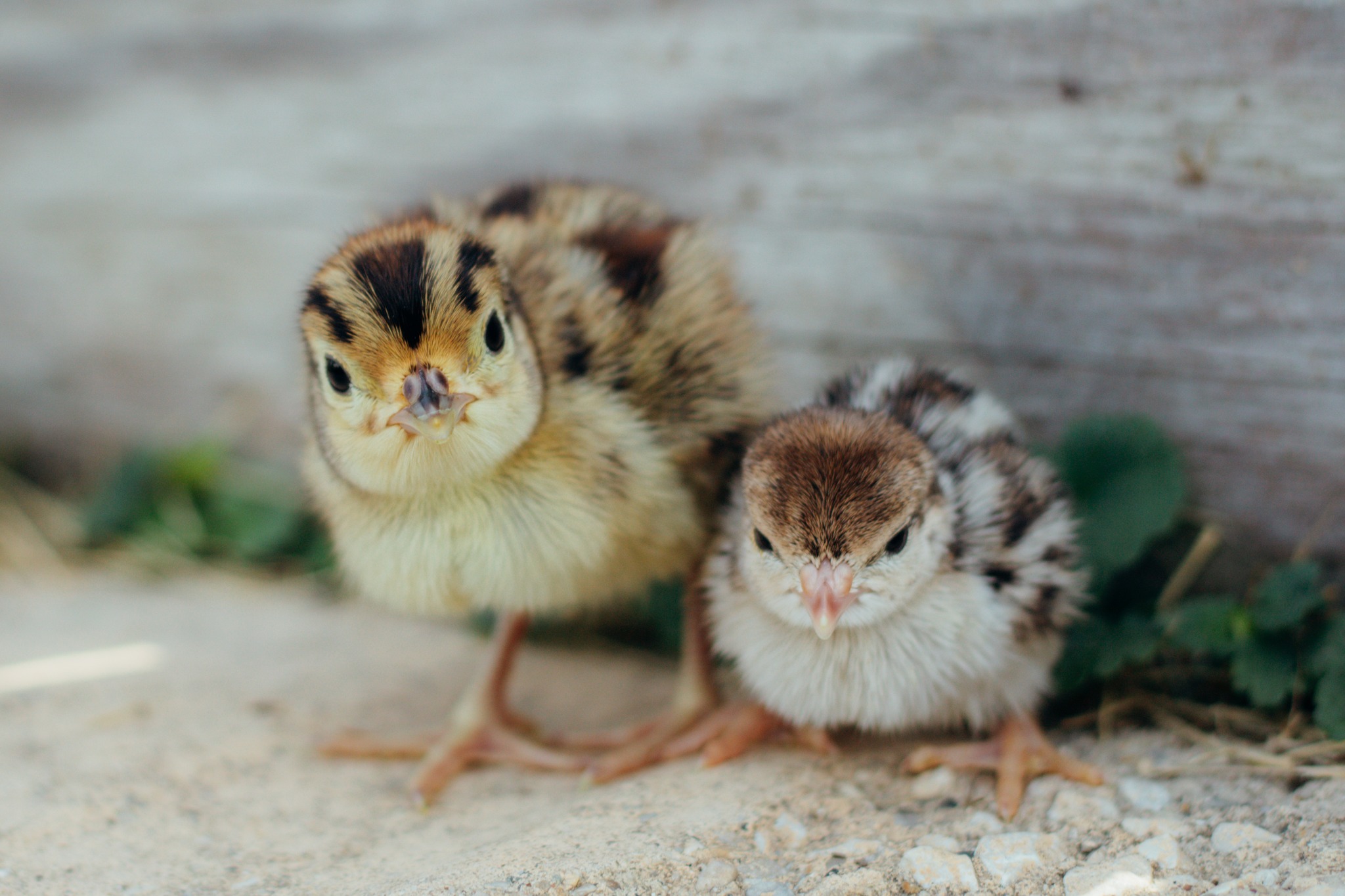
Shipping Chicks Safely During Cold Weather Months
Read Post

Preparing Our Barns & Pens Each Spring
Read Post
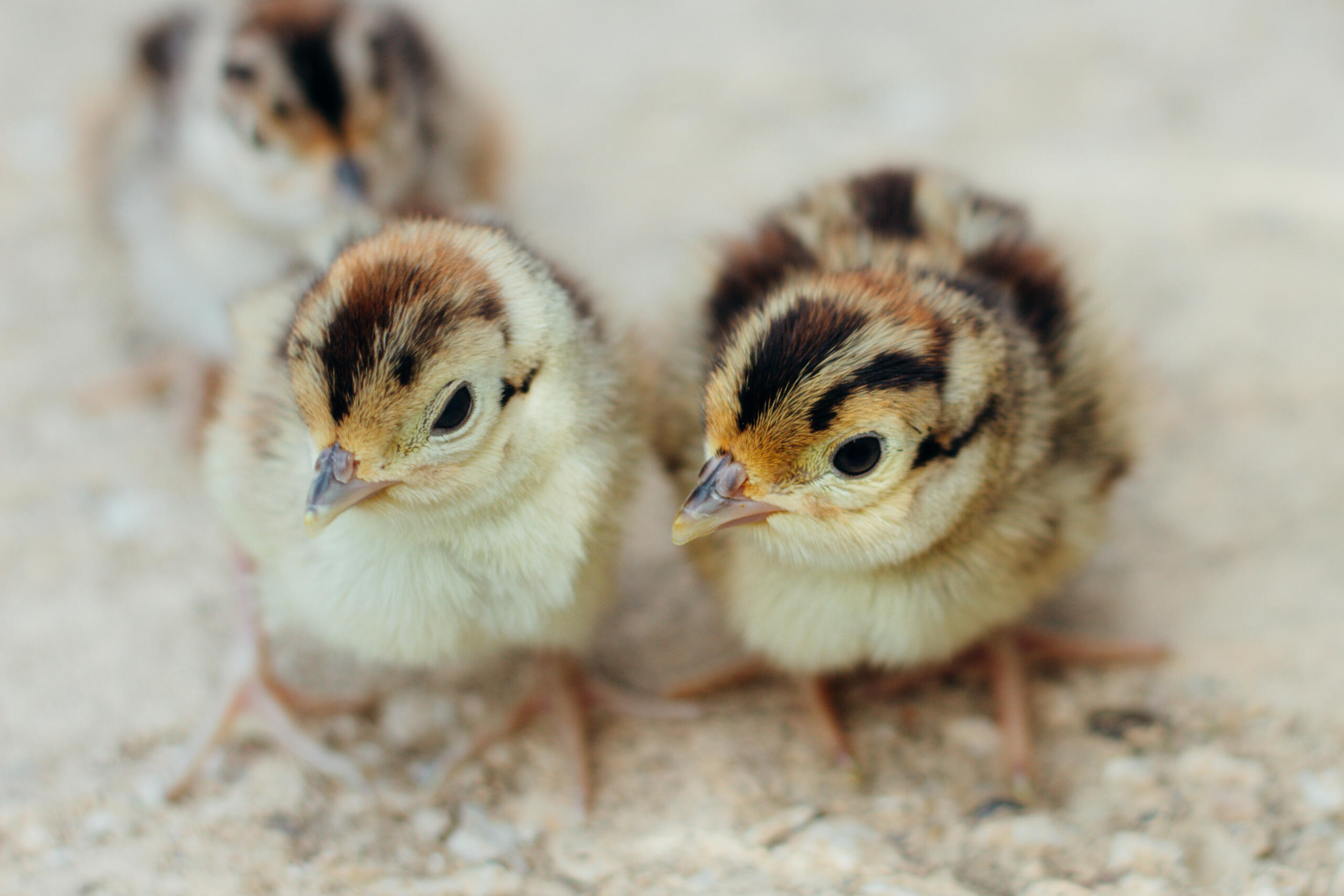
A Comparison of Hatch Data Between Two Different Genetic Types of Pheasants
Read Post
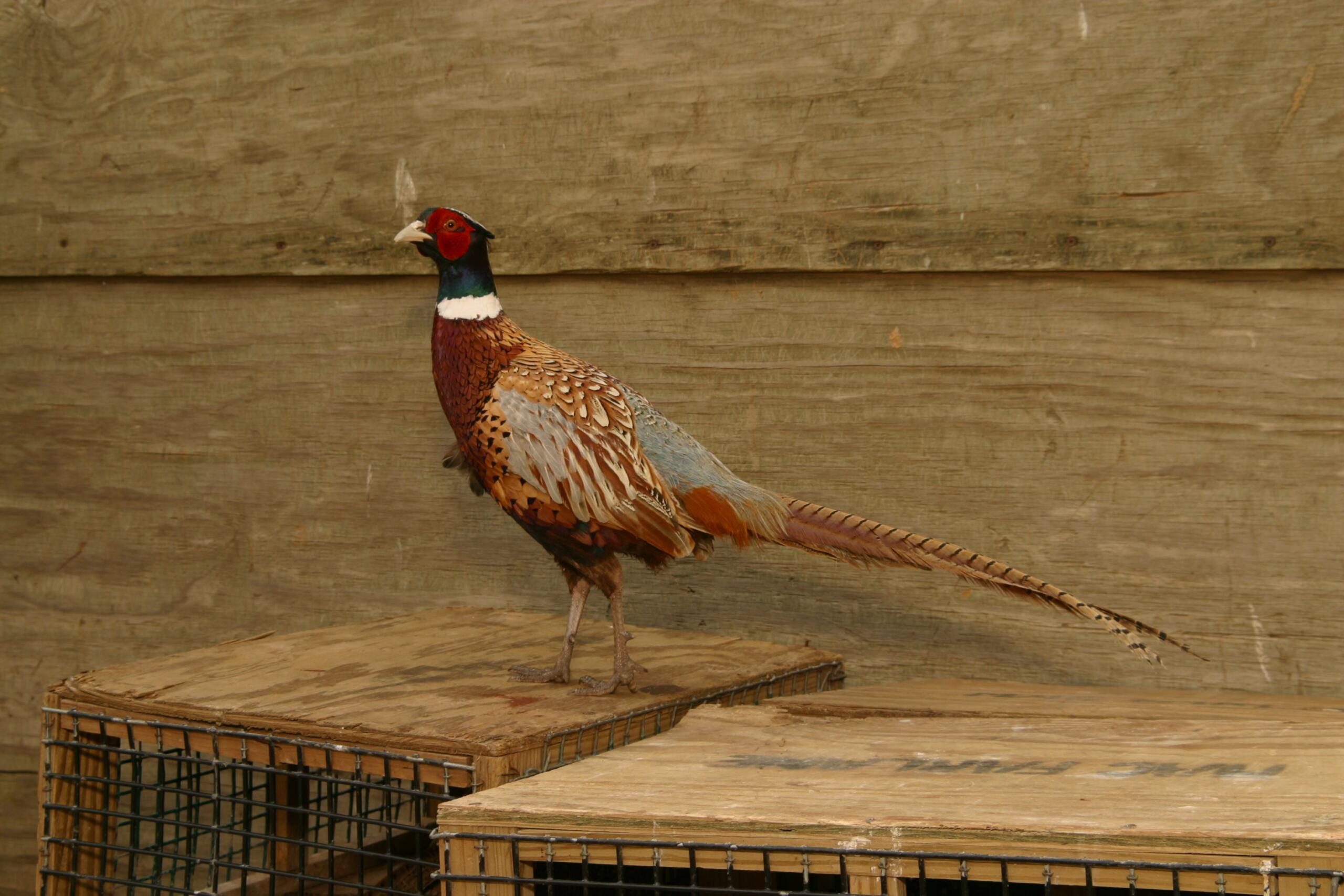
DuPont Financial Analysis Model
Read Post
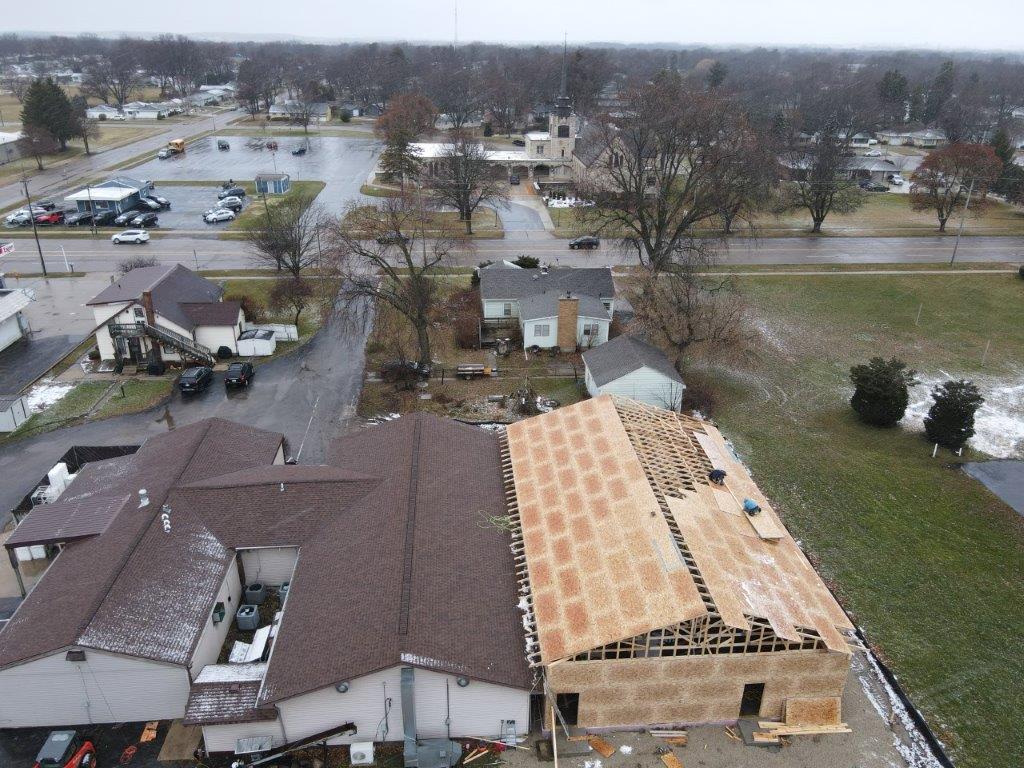
Hatchery News at MacFarlane Pheasants
Read Post

Our Milton Farm in 2024!
Read Post
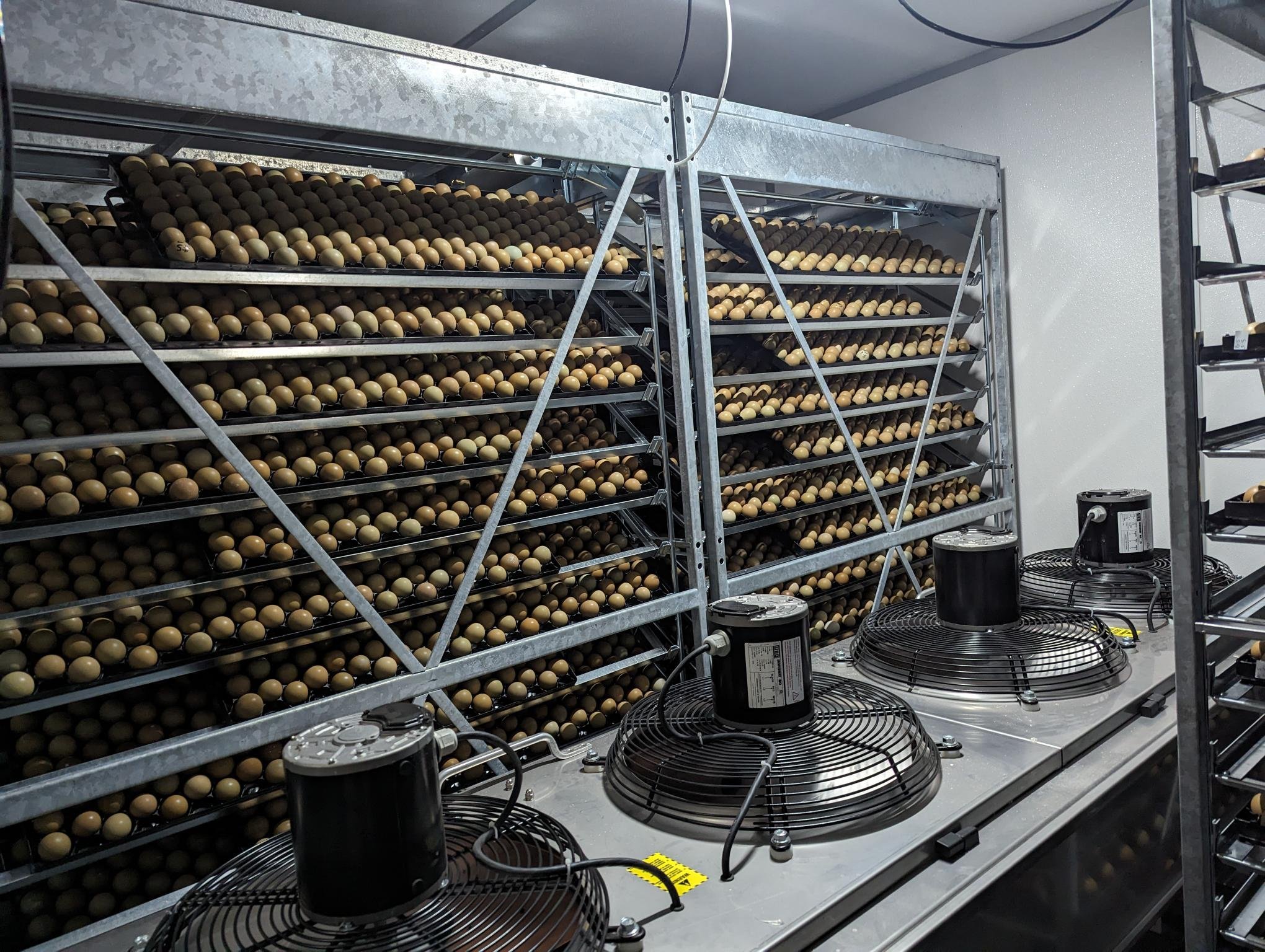
10 Hatching Tips for Incubating Pheasant Eggs Successfully
Read Post
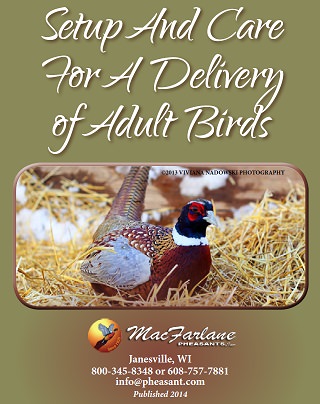
10 Steps to Prepare for a Delivery of Mature Game Birds
Read Post
Take Advantage of These Free Resources
As the biggest game bird farm in the United States, we want to share our experience with you. Download our free resources below and get started.

